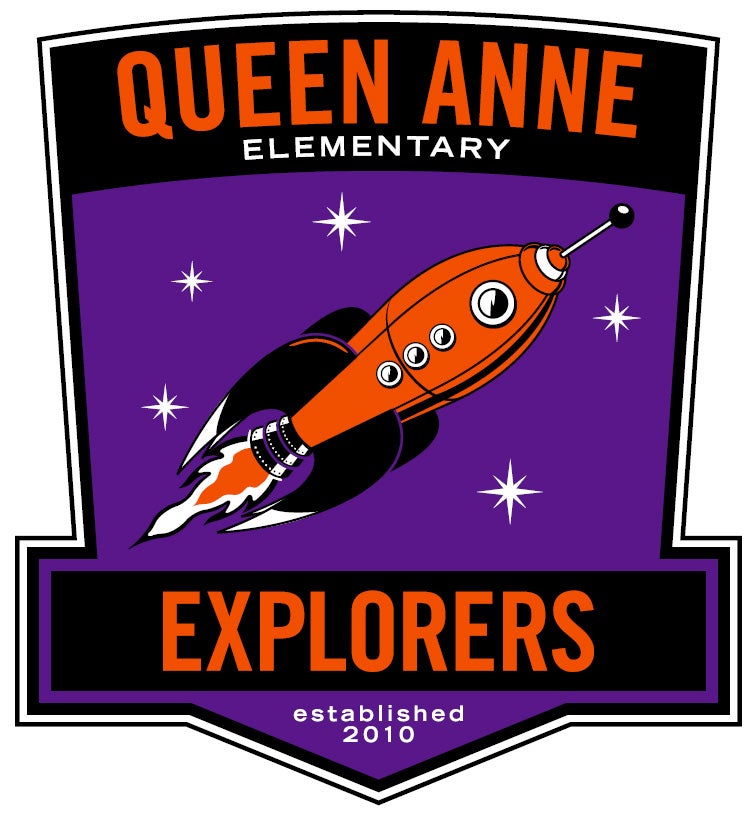Social Emotional Learning
Social Emotional Learning
Social Emotional Learning is a process of developing social and emotional skills, for academic success as well as life success. Examples of social and emotional skills are being able to recognize, understand, and express one’s own emotions; controlling impulses; and establishing and maintaining positive relationships. SEL may also refer to a school curriculum that develops social and emotional skills.
What does SEL look like?
There are many ways to provide SEL instruction to school-age children. The most natural is for the adults at the school to connect regularly with students, and to model respect, kindness, and connectedness. For example, greeting students by name as they arrive at school. Additional SEL instruction might include explicit instruction about emotions, positive communication, or self-regulation. This can be provided through assemblies, classroom instruction, or additional programing, such as the SocialThinking curriculum. Monday Morning Meeting and classroom meetings also provide opportunities to introduce children to SEL skills and to allow for practice those skills. Service learning projects, such as coat drives or bake sales give children the opportunity to take responsibility and to express caring for others. Before and after school programs may also offer opportunities for skill building.
Core competencies and SEL
The best way to develop the SEL skills of children it to introduce them to SEL skills and give them multiple opportunities to practice those skills. Researchers have identified 5 categories of SEL skills, which they often call ‘core competencies’. They are: self-awareness (sometimes called emotional literacy), social-awareness , self-management (sometimes called self-regulation), relationship skills , and responsible decision making .
Children need many opportunities to practice SEL skills, at school and at home. Making mistakes is tremendously important to becoming fluent in SEL skills. QAE teachers look for multiple opportunities for students to practice their SEL skills, such as with our conflict resolution program (Kelso’s Choice). The Positive Discipline in the Classroom program provides an excellent framework through which the teachers can introduce SEL skills and give children opportunities to practice and gain fluency.
The benefits of SEL
The benefits of a SEL curriculum are well documented by researchers in education. Educators report increased academic success, increased pro-social behavior, and a greater readiness for success in the adult workplace.
The core skills of SEL (self-awareness, social-awareness, self-regulation, relationship skills, and relationship management ) are fundamental skills for classroom learning. While tasks like learning multiplication tables may seem straight-forward, they depend on a student’s ability to perform ancillary tasks, such as turn-taking or impulse control. A child who is less skilled at these ancillary tasks must expend more energy and therefore will have less energy to put towards learning. It is not surprising that, once SEL skills increase, academic performance increases. As the authors of a landmark report stated, “…students receiving school-based SEL scored 11 percentile points higher on academic achievement tests than their peers who did not receive SEL.” (Durlak, Weissberg, Taylor, & Dymnicki, pending).
Secondly, schools with SEL programs report a higher degree of pro-social behavior. For example, teachers report an increase in students self-initiating empathetic acts. Similarly, teachers report that students are more able to manage conflict amongst themselves for longer before involving an adult. Correspondingly, researchers have found that children at primary and secondary schools with a SEL curriculum have fewer behavioral problems, less truancy, less violence, and a lower incident of drug use. School districts have documented that, after implementing SEL curricula into schools, they saw a significant reduction in behavior interventions.
Thirdly, the core skills taught in a SEL curriculum prepare kids for the adult workplace more effectively than a school that only emphasizes academics. Researchers exploring excellence in the 21st century workplace have found that the academic preparation of individuals did not predict excellence as directly as did SEL Skills. The ability to read another’s emotions, along with turn taking, relationship management, and perspective taking are skills that differentiate individuals who excel at working in groups from those whose group work is mediocre. As columnist and social commentator David Brooks has written:
“Most people work in groups. We do this because groups are much more efficient at solving problems than individuals.… Participating in a well-functioning group is really hard. It requires the ability to trust people outside your kinship circle, read intonations and moods, understand how the psychological pieces each person brings to the room can and cannot fit together.”
Schools that have school-wide SEL curricula better prepare their students to work in groups.
